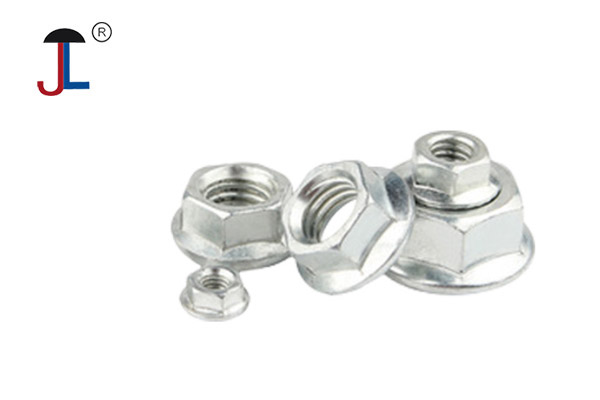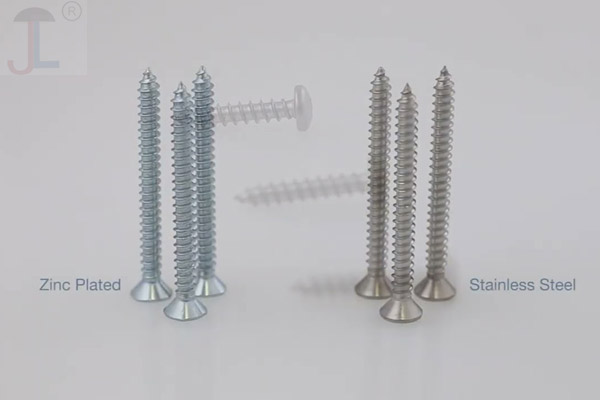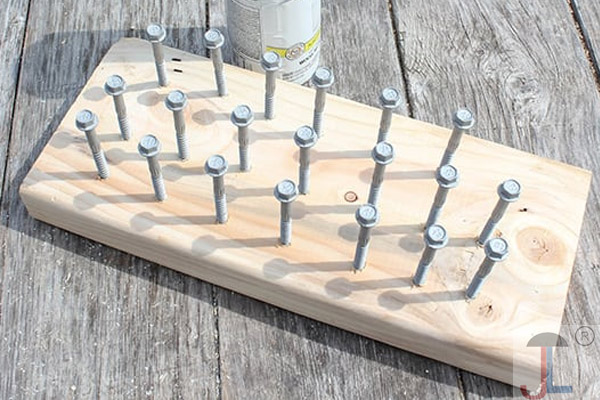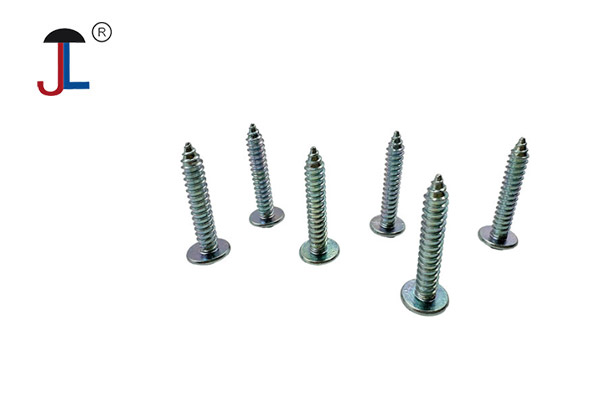
1. Material Alloy Designations
1.1 A2 (Type 304, “18-8” Stainless)
-
Composition: ~18% Cr, 8% Ni “18-8” alloy (Type 304).
-
Corrosion Resistance: Excellent for most indoor and mildly corrosive environments.
- Common Use: Building fixtures, machinery in non-marine settings.
1.2 A4 (Type 316, “Marine” Stainless)
-
Composition: ~16% Cr, 10% Ni, 2% Mo (Type 316).
- Corrosion Resistance: Superior resistance to chlorides and salt spray; ideal for marine or chemical exposure.
- Common Use: Boat hardware, coastal installations, desalination plants.
1.3 Other Alloys
- Ferritic (e.g., Type 430): Lower corrosion resistance; magnetic.
- Martensitic (e.g., Type 410): Higher hardness; moderate corrosion resistance; used where abrasion or higher strength is needed.
- Duplex & Precipitation-Hardening: Specialty grades for very high strength or specific environments (e.g., duplex S32205).
2. Property Class (Strength) Designations
Stainless nuts follow ISO 898-2 property classes. Each class number × 100 = minimum tensile strength in MPa.
| Grade Code | Tensile Strength (min.) | Proof Stress (approx.) | Typical Use |
|---|---|---|---|
| A2-50 | 500 MPa | ~250 MPa | Light-load, general fastenings |
| A2-70 | 700 MPa | ~350 MPa | Medium-strength applications |
| A4-70 | 700 MPa | ~350 MPa | Marine, moderate strength |
| A4-80 | 800 MPa | ~400 MPa | High-strength marine environments |
Note: ASTM F594 categorizes stainless nuts into seven alloy groups covering general purpose usage for diameters from ¼″ to 1½″.
3. Mechanical Property Grades (3.6 to 12.9)
Some sources refer to performance grades (e.g., 4.8, 8.8, 10.9) originally for carbon/alloy steel nuts, but are sometimes applied loosely to stainless fasteners. True stainless fasteners use the ISO property classes above; beware of manufacturers labeling “8.8” on stainless, which actually indicates low-carbon alloy steel, heat-treated, not true stainless stee.
4. Relevant ASTM Specifications
-
ASTM F594: Covers chemical/mechanical requirements for stainless steel nuts (¼″–1½″), seven alloy groups, general purpose use.
- ASTM A194: Includes austenitic and martensitic stainless nuts (¼″ and M6 upward) for high-pressure/high-temperature service.
5. Selection Guidelines
-
Corrosive Environment
- Use A4 (316) for salt water, chlorine, or acidic environments.
- A2 (304) suffices for indoor, dry, or mildly corrosive conditions.
-
Strength Requirements
- For heavy machinery: prefer A2-70 or A4-80.
- Light assembly: A2-50 is cost-efficient.
-
Temperature Service
- Austenitic (A2/A4) perform well from −200 °C to +500 °C; consult spec sheets for extremes.
- For cyclic/high-temperature (> 550 °C), consider specialty alloys (e.g., 310, duplex).
-
Cost Considerations
- A4 grades cost ~30–50% more than A2 due to molybdenum content.
- Balance the lifetime cost vs. upfront material cost.
In practice, specify both the alloy code and the property class—e.g., “A4-80 hex nut” for a 316 stainless nut with 800 MPa tensile strength—so that both corrosion resistance and mechanical performance are unambiguous.










